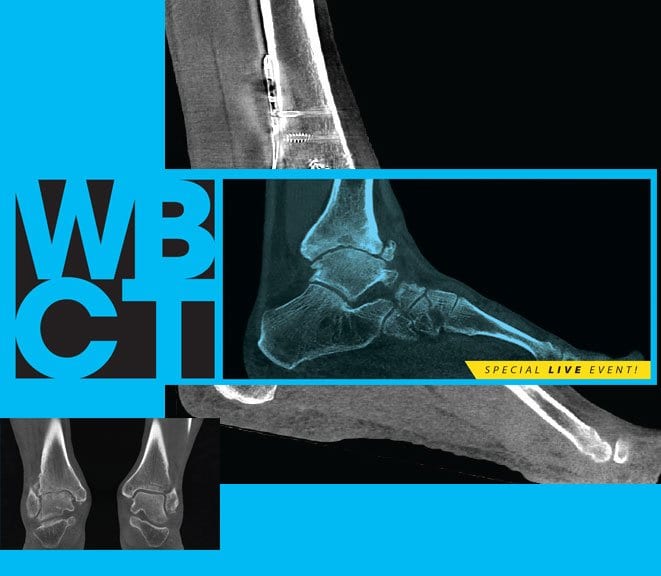Advanced CT Technology Increases Presence in Sports Medicine with Decreasing Footprint
Football season is about to begin and many teams are already in full practice mode. The fast pace and high impact nature of football leads to numerous injuries during practice and certainly on game day. A handful of players from…











